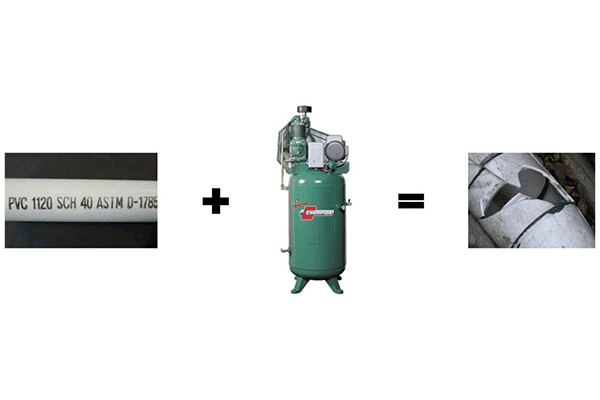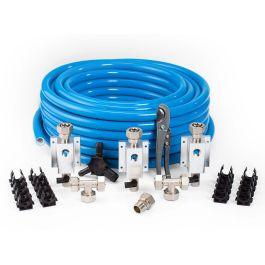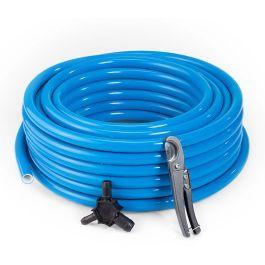cohunt
Well-Known Member
I run 3/4 " rapid air-- the one that jas the aluminum liner so you can di a direct bury underground....I run it from my detached shop to my main house garage.
Pvc is dangerous-- the oil vapor in the air will gradually decompose the pvc and glue-- I hd a pvc line blow up in a prior race car shop- it was scarry.
Watch which rapidair line you use-- some are not compatible with synthetic compressor oil- only std mineral based.
Black or galvanized will eventually rust
Copper is for life but expensive.
The rapid air systems can easily be changed, stations added, through wall outlets for air inside and out. They aren't cheap but if you move they can be easily be broken down and moved with you.
But copper has a high resale value if you care
Pvc is dangerous-- the oil vapor in the air will gradually decompose the pvc and glue-- I hd a pvc line blow up in a prior race car shop- it was scarry.
Watch which rapidair line you use-- some are not compatible with synthetic compressor oil- only std mineral based.
Black or galvanized will eventually rust
Copper is for life but expensive.
The rapid air systems can easily be changed, stations added, through wall outlets for air inside and out. They aren't cheap but if you move they can be easily be broken down and moved with you.
But copper has a high resale value if you care




